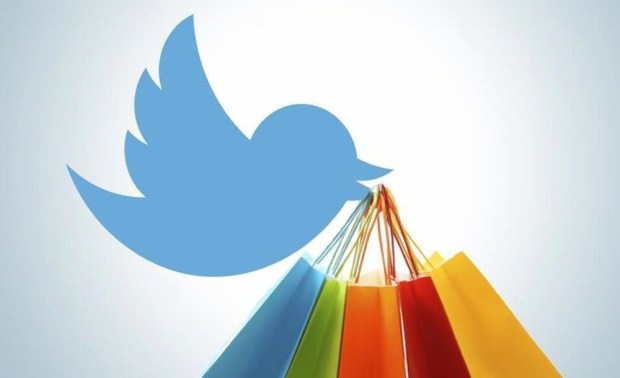Twitter’s Hard Left On eCommerce

Change is underway at Twitter — and in a big way. Going into the holiday weekend the part of that change leading the media coverage is the mass exodus underway in Twitter’s upper echelons.
Two more executives joined the roster of high level players that have split in recent months. Jana Messerschmidt, the head of business development, and Nathan Hubbard, head of media and commerce, are planning to leave the company, according to multiple sources familiar with their plans. Those two departures are part of a growing list of important folks at Twitter that have struck out for different horizons. In early January, a group of four VPs, including Twitter’s head of product and engineering, all left at the same time.
Messerschmidt is a “long-time” Twitter employee, and is by all accounts leaving the company voluntarily after six years of service. She had previously handled all of the company’s relationships with outside partners, including Google. She also part of the #Angels investing team created by a number of current and former female Twitter executives last year.
Hubbard’s departure is a bit more complicated. The announcement coincided with reports that Twitter was saying goodbye to its once much bandied “buy button” and radically repivoting its efforts around using the platform to support commerce. But to offer an exact contemporary correlation between the two is a little off, though all of the news about Twitter’s commerce reset button has hit the airwaves in the last few days. The writing has been on the wall for a while.
As it turns out, the commerce team was actually disbanded way back in October, according to multiple sources, when Twitter laid off 8 percent of its workforce in a massive company reorganization.
So why did Twitter pull the plug all of a sudden, and what’s next?
The Long Kiss Goodnight With Commerce
When Hubbard, a former Ticketmaster CEO, joined the team in 2013, Twitter was clearly signaling big plans for those commerce-related efforts as the future of monetizing Twitter. By fall of 2014, Twitter began test driving its buy button enhanced ads that allowed certain U.S. merchants sell their wares directly on Twitter.
Twitter was already a marketplace for ideas – it seems a natural next step to turn it into a more literal marketplace for goods. Also, the buy button quickly become social media’s go-to answer for its “lots of eyeballs who use the service for free, no obvious way turn eyeballs into dollars” problem. The service was opened up to everyone by 2015, which was a banner year for buy buttons.
The problem was that users didn’t much like, or often use, those shoppable ads on Twitter. People use Twitter for lots of things — recapping television shows while they are watching them live, arguing with strangers over video games, successfully winning the Republican nomination for president — but as it turns out they weren’t really all that interested in shopping while on Twitter. And about six months after Buy Buttons got their big public rollout, it looks like Twitter had already started re-allocating engineering resources away from its commerce efforts by late last summer.
The internal axe fell in October, and this week Twitter confirmed it for the outside world.
Mr. Dorsey responded by asking for more time, and noting that Twitter’s upper level leadership has heard the usability concerns and worked to address its format accordingly. This includes the decision to not count media attachments and usernames sent in reply tweets against its signature 140-character limit in an attempt to make the product easier to use.
“We know that there are areas of the product that people don’t understand,” he said. “They don’t understand how it works and it’s inhibiting a lot of usage. We’re focused on the one thing that we can control, which is building an experience that people want to use and experience every single day. It’s going to take time.”
The question, though, is how much time does Twitter really have? A year ago, Twitter’s share price was around $36. Today, it is a little above $14, and the company seems once again perilously close to square one when it comes to building out a way to turn all those enthused Tweeters into a reliable revenue source.
Perhaps the more contextual commerce focused use of ads will bear fruit, but Twitter’s investors are clearly impatient and want to see that fruit start to ripen. It remains to be seen if they can get that to happen.
